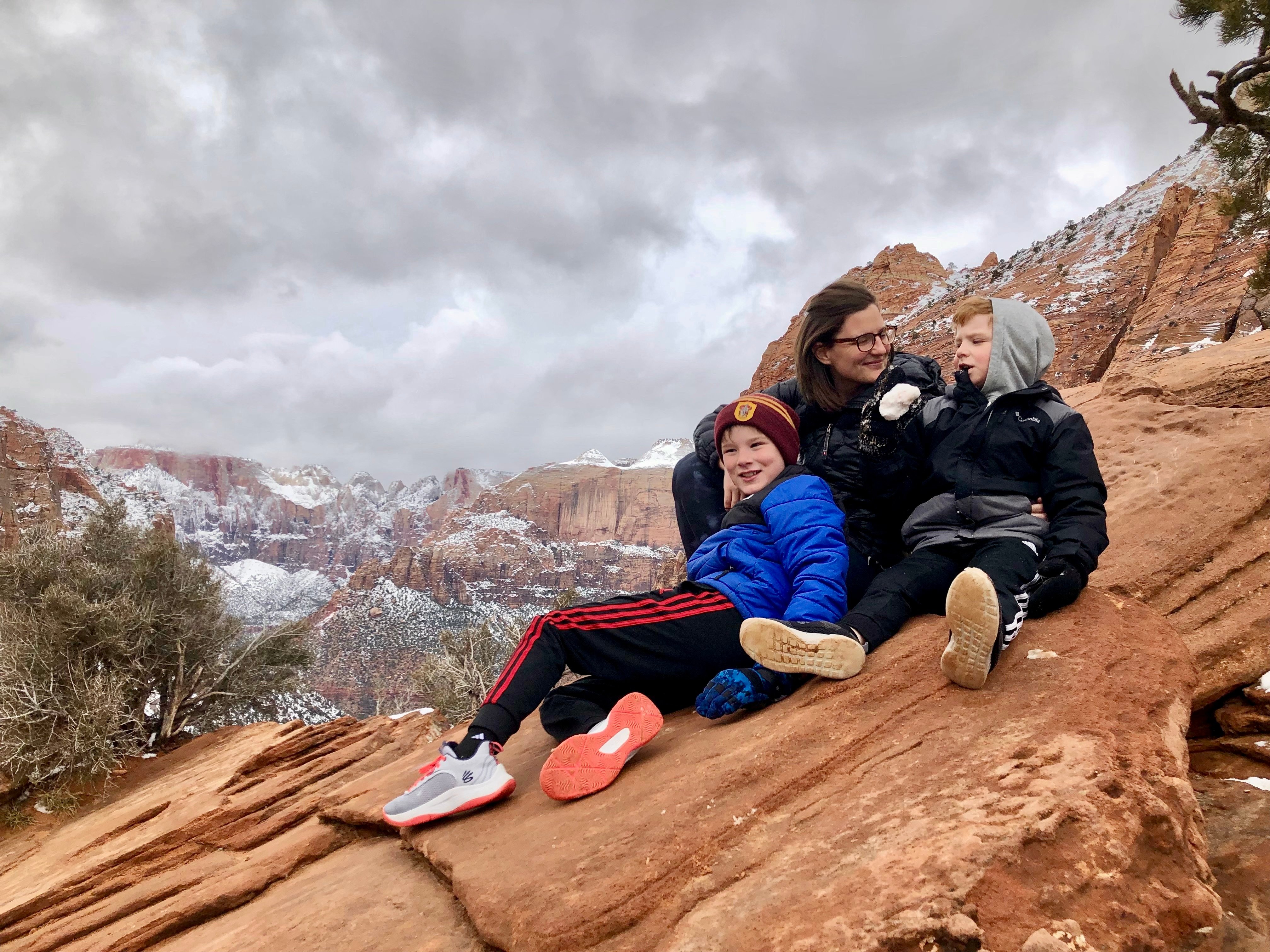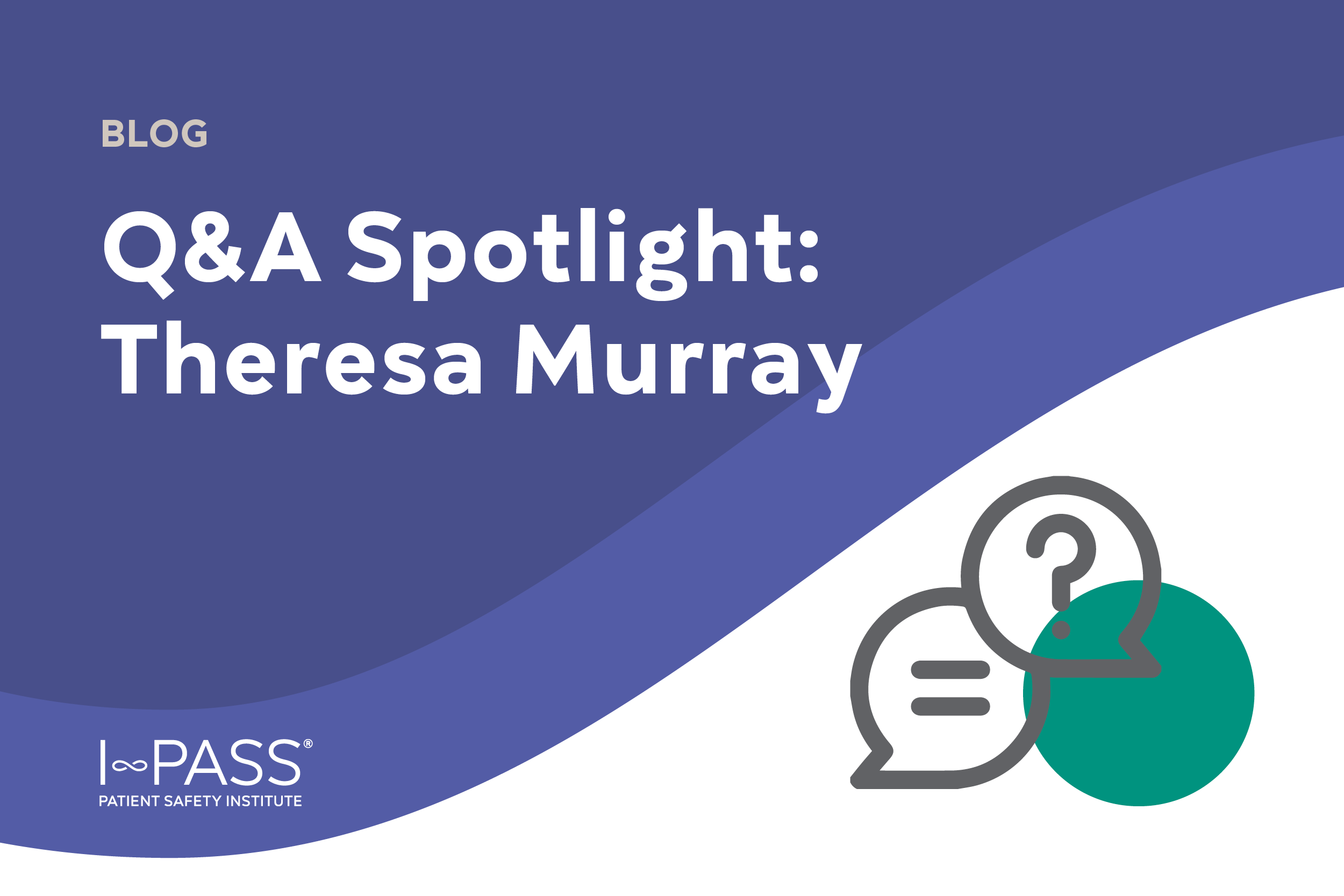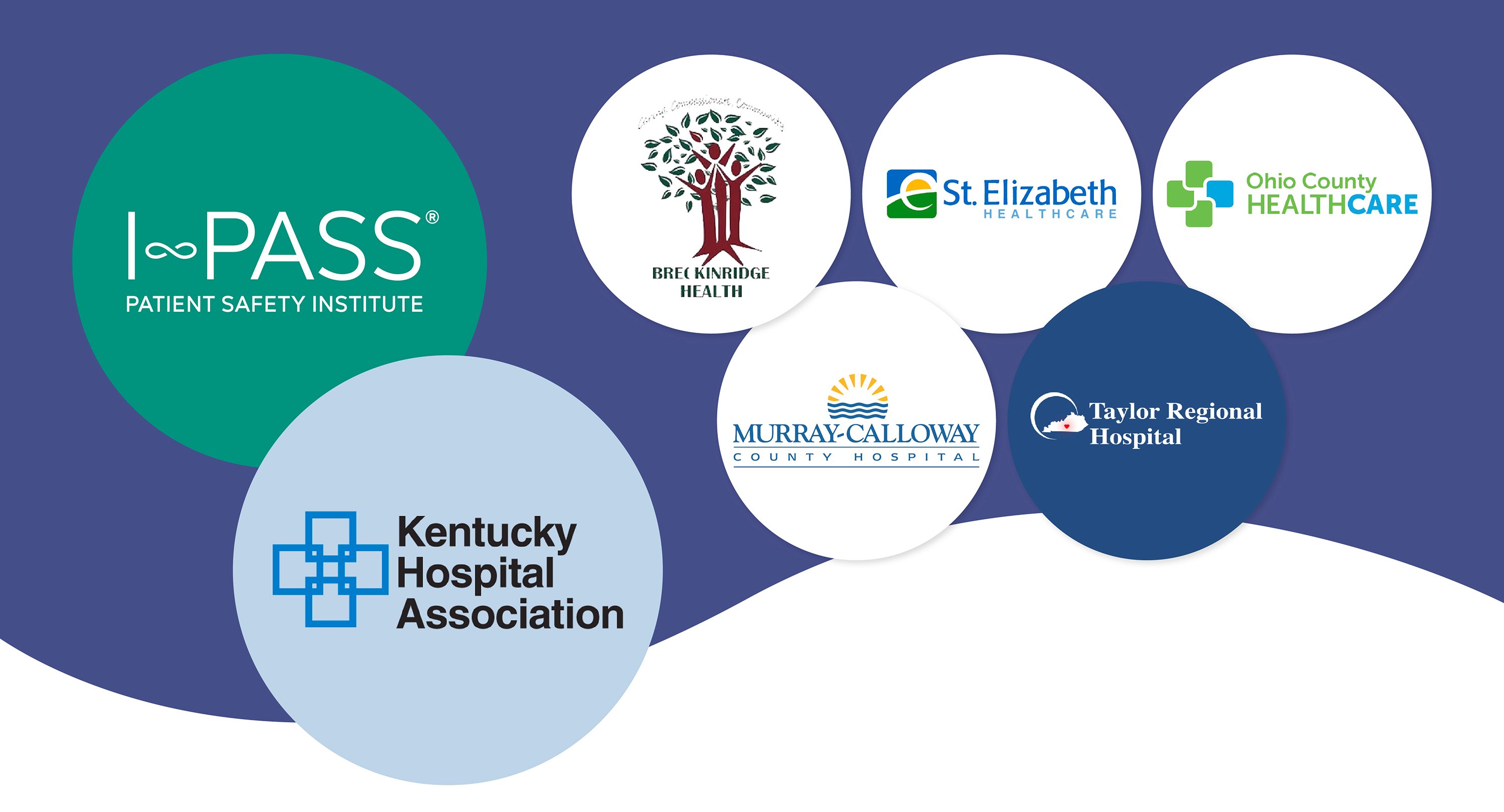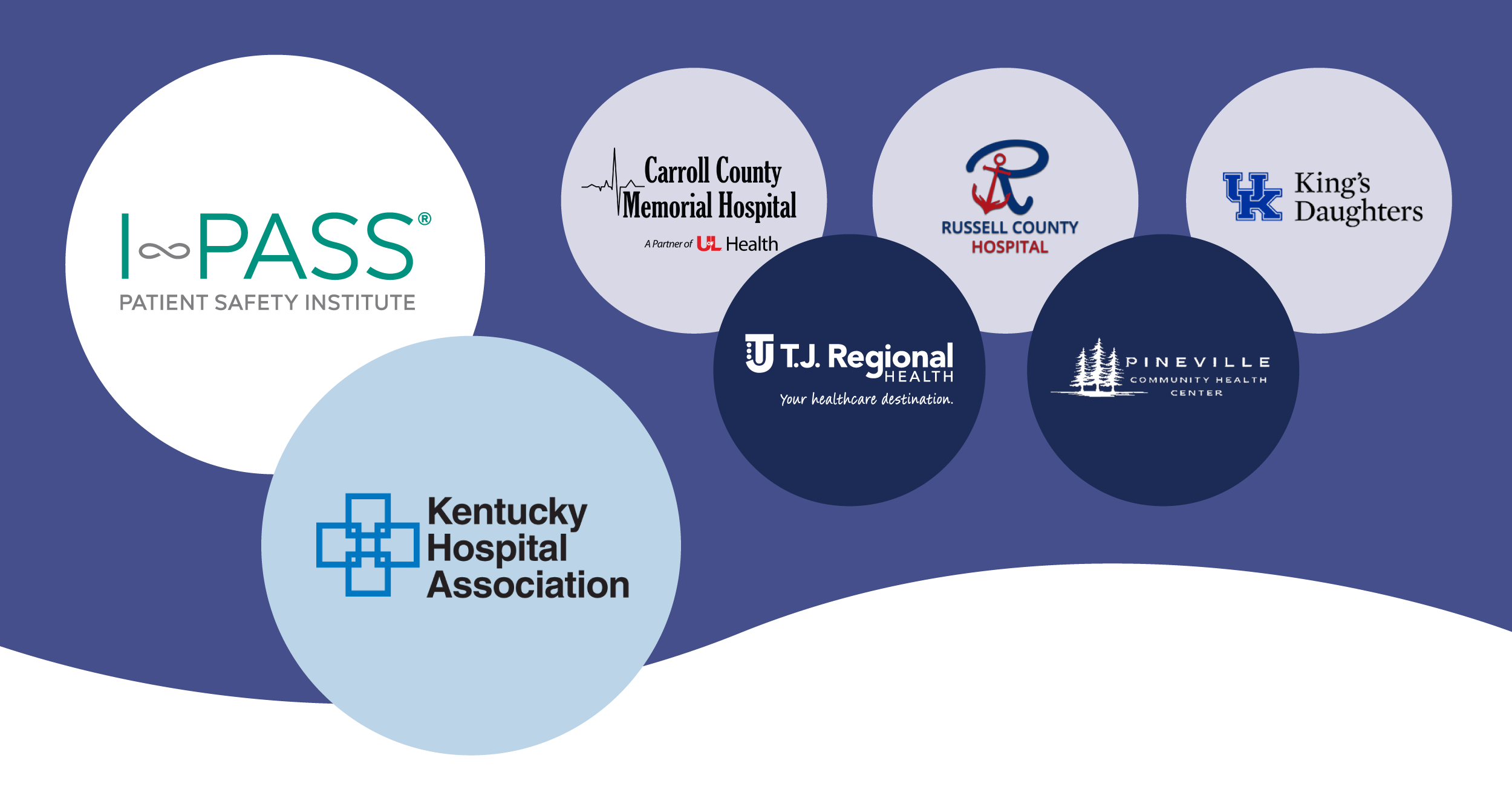Theresa Murray joined I-PASS as Director, Clinical Program Management after 12 years at Dartmouth Health where she held various positions and led initiatives in patient safety, process improvement, and nursing education. With prior experience as an I-PASS clinical coach, Theresa utilizes her first-hand experiences implementing the I-PASS method at various healthcare systems to actively improve the I-PASS clinical program. To officially welcome Theresa to the I-PASS team, we recently sat down with her to discuss her career path, her perspective on structured communication, and the opportunities in her new role.
Tell us a little about your professional background.
I was inspired to become a nurse in 9th grade while caring for my grandmother during her post-op recovery for cancer treatment. I began my clinical career as a nurse in acute rehab and medical surgical specialties. About six years later, I went back to school for my master’s degree (thanks to a gentle nudge and sage advice from my grandfather!) and subsequently accepted a nurse educator position. This work was extremely rewarding; I worked with new and experienced nurses as well as licensed nursing assistants on skill and competency development while also supporting them to acclimate to a new environment and organization.
When did you make the shift from nurse education to roles in quality and safety?
As a nurse educator, I enjoyed the aspect of ensuring the organization met regulatory requirements for education and competency assessment. I collaborated with the quality and safety team to evaluate our processes and support accreditation visits, and in late 2015, I stepped into a Quality and Safety Specialist role. I was intrigued by the ability to have an impact both within and outside my specialty as well as a different type of influence on patient safety.
Through the promotion of a just culture, I was able to support a safe environment for clinicians to share their experiences when involved in a safety event. This approach enabled us to collaboratively identify weaknesses inherent in healthcare systems and work together on improvements to prevent recurrence. When I was a new nurse, I made a medication error that thankfully didn’t result in harm, but I still remember the room, the patient, the time of day, and how I felt when I realized it. We’re all human and there’s a lot of responsibility on individual clinicians. It’s important to have strong processes in place to catch errors before they reach the patient.
What has been your experience with handoffs in your roles in patient safety and nurse education?
In my role in quality and safety, I studied many different types of handoffs including shift report, transfers within an organization, health system, or outside organization, consultative workflows, referral handoffs, and more through root cause analysis and process mapping. In nursing education, shift handoff was primarily taught to new hires by individual preceptors. I didn’t realize at the time that this approach introduces variation because it was how we had always done it! We did utilize SBAR in simulations to create structure for communication between nurses and physicians when there was a need to escalate care concerns or requests.
From your perspective, how does handoff communication play a role in patient care?
Strong communication, where critical information is passed off for every patient, every time, is absolutely vital to providing high-quality patient care. Handoffs are such a common occurrence that we are almost blind to the vulnerability of variation. We estimate in a 500-bed hospital that there are approximately 1.4 million handoffs that occur each year—that’s more than one million chances to get it right or wrong. Applying an evidence-based structure to these care transitions increases the likelihood of getting it right every time.
The benefits of structured handoff communication also extend beyond patient safety to employee satisfaction and wellbeing. I’ve woken up in the middle of the day after a night shift and called my nursing unit because I forgot to hand something off. Or I’ve had to watch multiple nurses give report to figure out the best way for me to do it because we didn’t all agree on what was critical. Engaging clinicians in the co-development of an I-PASS structured handoff gives them a voice at the table for what is important within the different mnemonic elements for their specialty so there is less variation within and across groups.
What’s at risk when handoffs are done without a structured communication method?
When a structured communication method is not in place, there’s a greater risk of error that can cause patient harm, increased variation, decreased efficiency, and even loss of reputation for an organization. Communication errors that lead to patient harm have a broad impact on the patient, their caregivers, family, and friends as well as the individual employees involved. Additionally, it puts a great deal of pressure on preceptors and mentors to teach new employees how to give an effective handoff. In healthcare, we are facing a time of high turnover and burnout which only adds to the strain placed on clinicians. Strengthening the systems around handoffs, and agreeing to the critical elements, provides a safer environment for patients to receive care and for clinicians to provide it.
How did you learn about I-PASS? What made you decide to join the team as Director, Clinical Program Management?
During my time at Dartmouth, the leaders in Quality Assurance and Safety heard Chris Landrigan, I-PASS co-founder, present at a State of New Hampshire meeting and initiated an organizational level assessment because improving communication was an identified need. I was eager to be involved given the mission of the work but had no idea at the time that this would blossom into my next career step.
Like my transition from nursing education to quality and process improvement, where I expanded my sphere of influence beyond my own specialty, I see this as an opportunity to impact patient and employee experience beyond my own individual organization. I believe to my core that implementing an evidence-based handoff structure contributes to a high quality and safe patient and employee experience. This aligns so well with the I-PASS Patient Safety Institute and the mission my new colleagues contribute to every day. This was an easy choice for me.
What are you most looking forward to in your new role as Director, Clinical Program Management?
I will continue to provide strategic guidance to individual organizations and health systems as an I-PASS coach which is a role I love. Also, looking forward to developing relationships with clinicians and leaders from organizations across the country, maybe even globally at some point, to make I-PASS the language of handoffs.
How would you describe I-PASS to someone in a Quality & Safety position?
First, I’d probably tell them that I-PASS was my favorite patient safety initiative that I got to work on, and I hope it will be theirs, too. If we think about James Reason’s Swiss cheese model, where we put people, processes, and technology barriers in place between the care we provide and the patient, I’d say I-PASS is closer to a slice of cheddar!
The easiest way for me to really explain I-PASS is that it is an evidence-based standardized handoff method that includes adoption of a mnemonic and change management bundle to ensure critical information is handed off by clinicians — every patient, every time. One of the beautiful things about the I-PASS mnemonic is that it makes sense for how we already talk about our patients, but it provides the more formal framework to foster consistency and allow clinicians to flesh out the elements that are vital to a certain service. For example, close monitoring of I&O may be emphasized more heavily in a urology handoff patient summary where incisions and mobility may be highlighted in an ortho patient summary.
What do you like to do outside of work?
I love traveling with my family. This past winter we explored the Grand Canyon, Bryce Canyon, and Zion National Parks and did an east coast road trip in our electric car. I often find myself playing Pokémon or jumping on the trampoline because that’s what my kids are into these days. I recently sorted my kids Pokémon cards by trainer or energy type and the basic and evolutions alphabetically to make it easier to make decks. Sort of speaks to my personality to have good structure in place to support efficiency!






